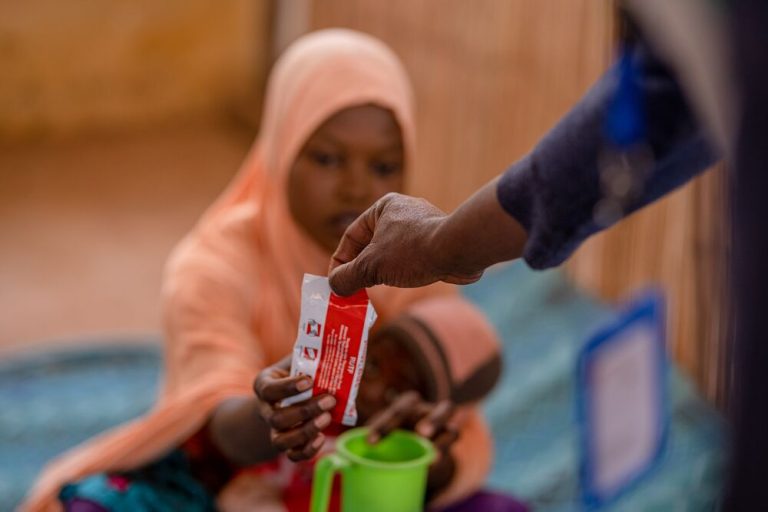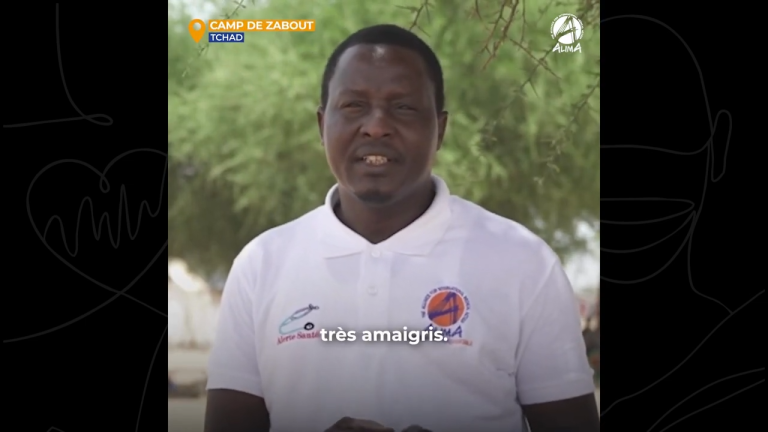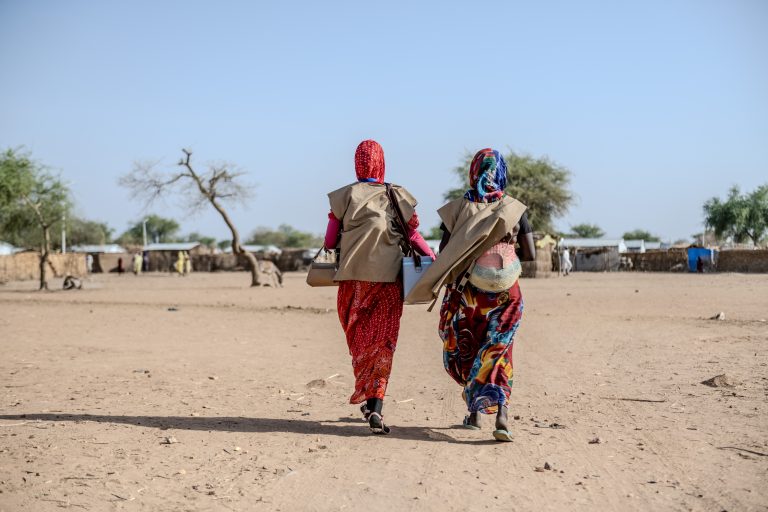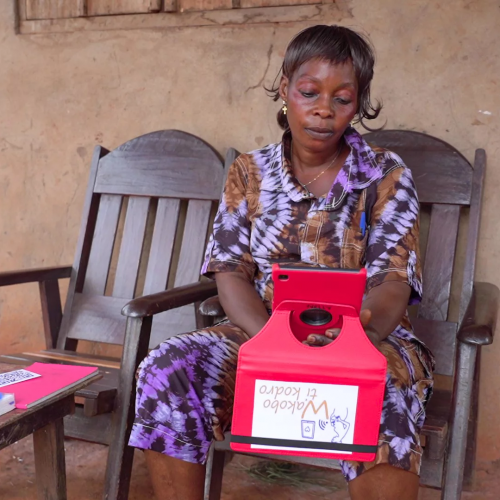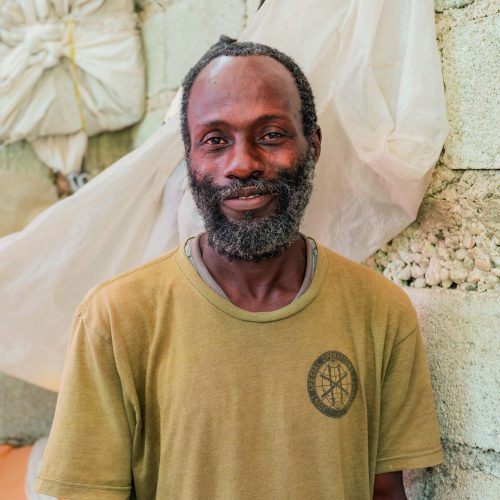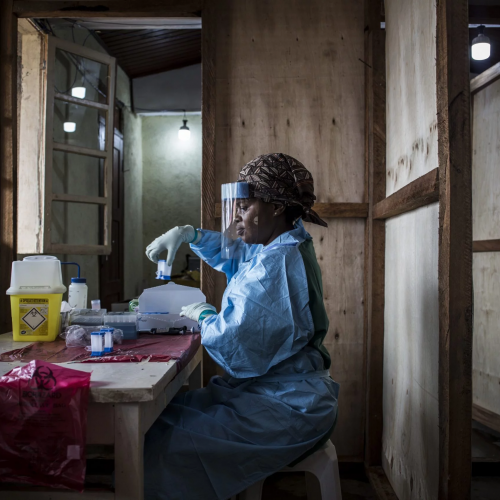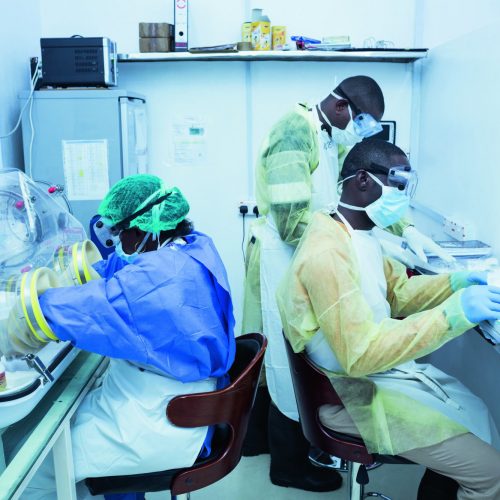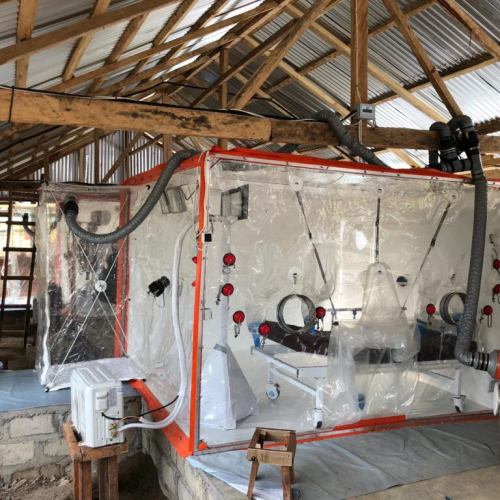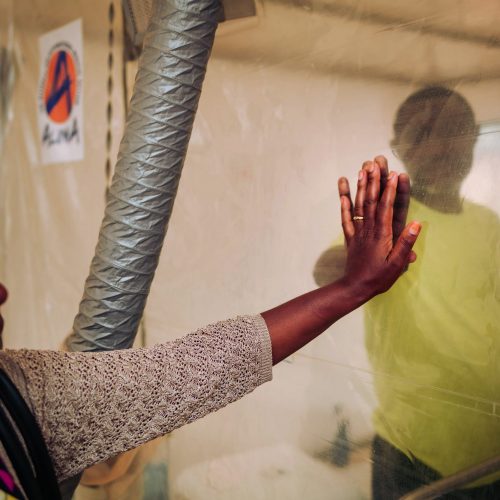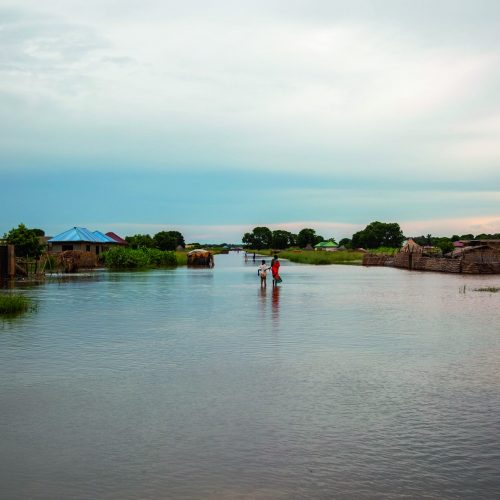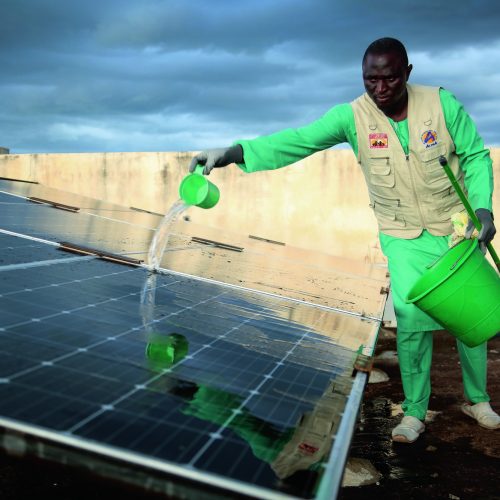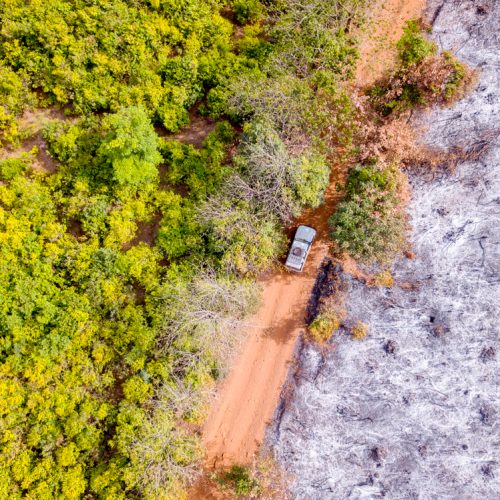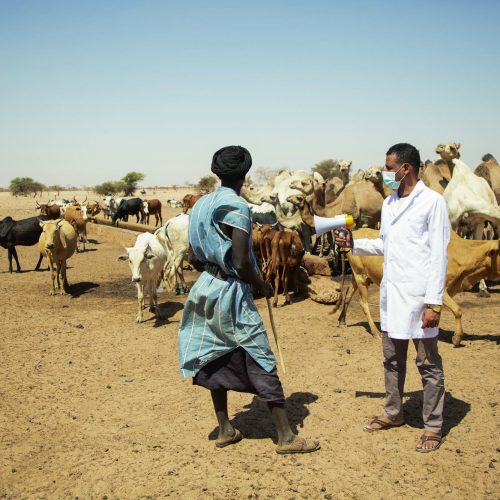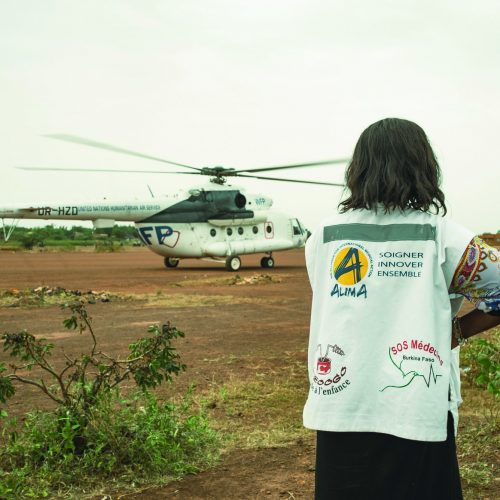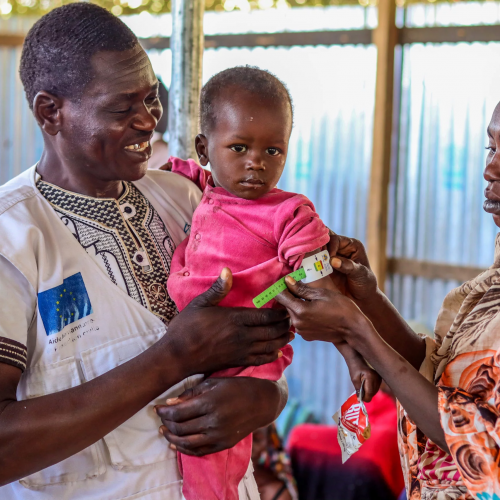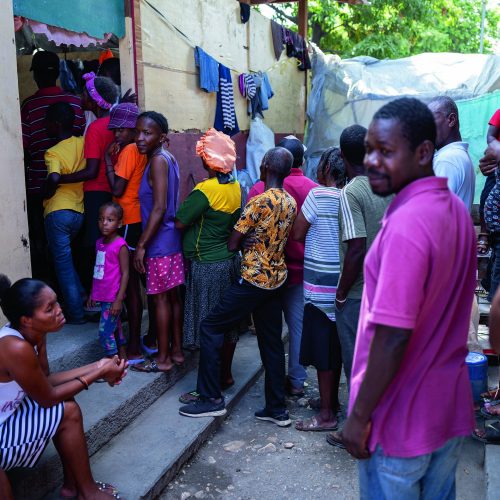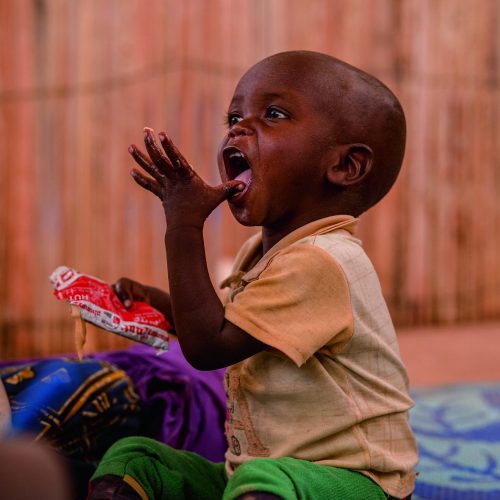Difficult living conditions
Nearly 4,800 displaced people, mostly women and children, have taken refuge at a camp in the town of Deleba. Having arrived after several days of walking, without any money or food, their state of health is alarming.
On-going violence and insecurity prevent people from working in their fields, while the absence of food stocks across the county, in light of the upcoming lean season, contributes to the dire nutritional situation in Lol State. The high cost of food available on the market and the lack of food aid has forced displaced people to survive almost exclusively on groundnuts.
According to a February 2017 report from the IPC (Integrated Food Security Phase Classification), 135,000 people in Raja are urgently in need of food assistance. A World Food Programme-led malnutrition screening carried out in Raja in December 2016 showed a 6.3% rate of severe acute malnutrition and a 20.6% rate of global acute malnutrition. Both are above the World Health Organisation’s alert levels of 2% and 10%, respectively.
Additionally, displaced families do not have tents to protect them from the sun or the rain. Women and children often take shelter in old, run-down rooms or, in the absence of adequate structures, under trees.
Medical facilities abandoned following fighting
A lack of supplies, including essential medicines and other medical materials, a lack of human resources and poor access to health facilities, all increase the vulnerability of local populations. Many health clinics and hospitals were looted during fighting. Staff have fled the violence. Hospitalization services are not available 24-hours a day due to a lack of electricity.
Additionally, the Raja State Hospital, which is the reference hospital for some 90,000 people, has no capacity to provide in-patient care to complicated nutritional and pediatric cases.
Rainy season threatens displaced children
Among children, the main causes of death are malaria and diarrhea.
Based on 150 children examined by ALIMA medical teams, the rate of global acute malnutrition is estimated to be 32% and the rate of severe acute malnutrition around 2%. The lack of hospital care for kids suffering from SAM with complications further increases a child’s risk of death.
But “the worst is yet to come because the rainy season will lead to malaria cases,” says Doctor Mahama Gbané, head of ALIMA’s emergency department. “Malnutrition and malaria are a deadly combination.” Rainy season in Lol State usually begins around May.
ALIMA medical teams are now working to minimize the high risk of mortality for children under 5 years of age by distributing therapeutic food and treating kids for malnutrition.
Responding to needs
In light of the needs mentioned above, as well as the gaps identified in in-patient care at the hospital level, ALIMA began providing medical care at the Raja State Hospital on May 3, 2017, with the goal of providing emergency out-patient care and inpatient services. The core of ALIMA’s support revolves around the set-up of a nutritional stabilization center for severely malnourished children with medical complications, and a pediatric inpatient department. Up to 10 beds are currently available in the inpatient department supported by ALIMA.
During the first two weeks of intervention, medical teams consulted more than 460 children and 250 adults. Many children were suffering from acute malnutrition, including 43 cases of SAM and 140 cases of moderate acute malnutrition.The majority of patients were children who fled into the bush and surrounding villages following fighting in downtown Raja on April 15, 2017.
“The pediatric needs are enormous,” Dr. Gbané said. “We plan to support around 500 children in the hospital and more than 200 children in the intensive therapeutic feeding center in the coming weeks.”
ALIMA was able to deploy this emergency medical assistance in particularly hard-to-reach areas, thanks to support from the ELMA Foundation (USA) and the Crisis and Support Centre (CDCS France). Nevertheless, the provision of care and assistance is not enough compared to the extent of the needs. Despite ALIMA’s willingness and a capacity for rapid response, the mobilization of funding remains the main factor limiting the geographical and programmatic deployment of medical activities, at the same time that the needs continue to increase.
The Alliance for International Medical Action (ALIMA) is a medical humanitarian organization that works hand-in-hand with a network of local medical organizations to provide quality medical care to the most vulnerable populations in emergency situations and recurrent crises. ALIMA and its partners are conducting leading-edge research to improve humanitarian medicine.
Based in Dakar, Senegal, ALIMA has treated over 2 million patients in 12 countries since its creation in 2009, and launched 10 research projects focused on malnutrition, malaria and Ebola.
